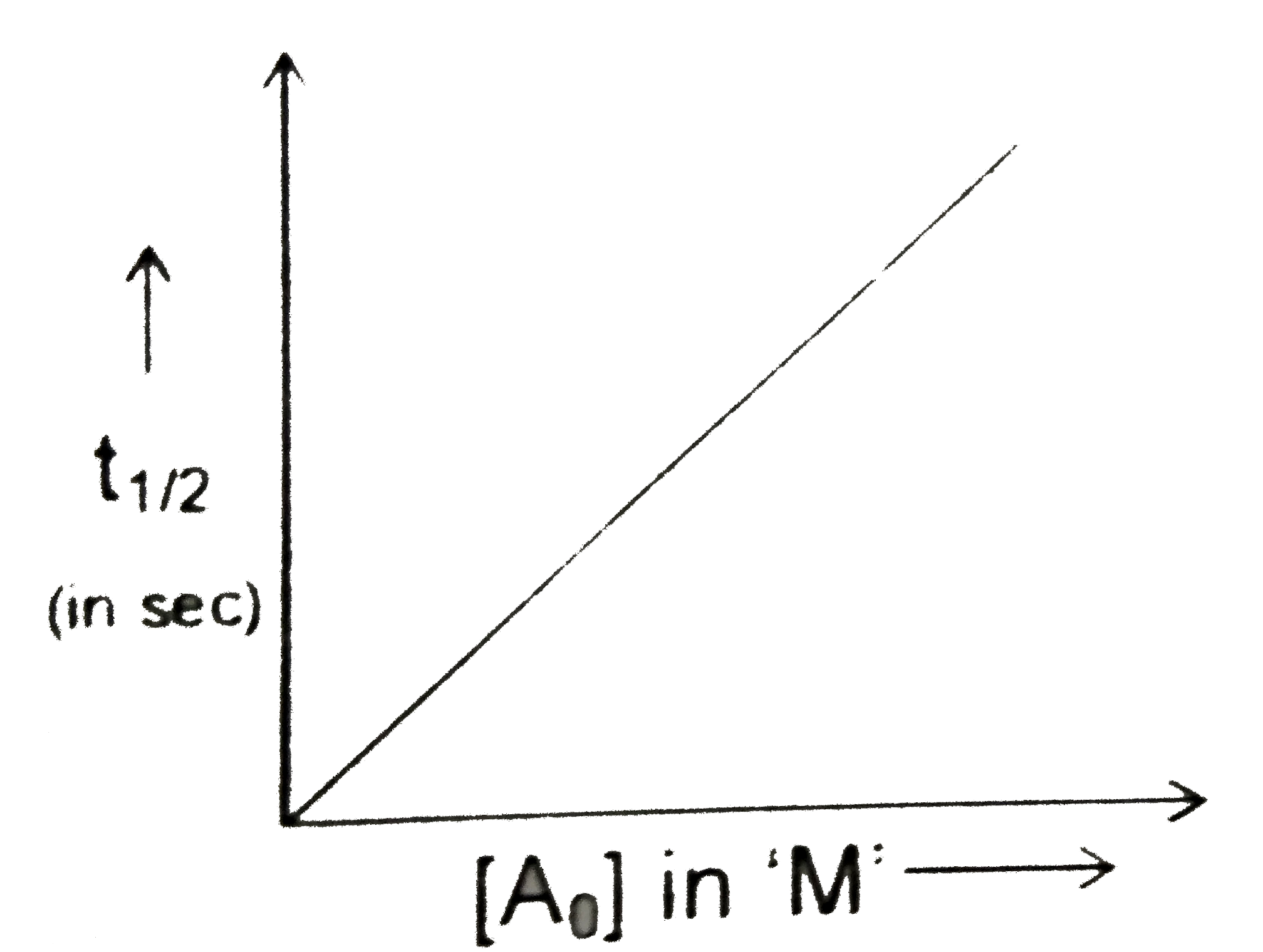What is the unit of rate of chemical reaction ?
The correct Answer is:atom
To determine the unit of the rate of a chemical reaction, we can follow these steps:
1. Understanding Rate of Reaction:
The rate of a chemical reaction is defined as the change in concentration of reactants or products over a specific period of time.
2. Expression for Rate:
Mathematically, the rate of reaction can be expressed as:
Rate=Δ(Concentration)Δt
where Δ(Concentration) represents the change in concentration and Δt represents the change in time.
3. Units of Concentration:
Concentration is typically measured in moles per liter (mol/L), which is also referred to as molarity (M).
4. Unit of Time:
The unit of time is usually in seconds (s).
5. Combining Units:
Therefore, the unit of rate of reaction can be expressed as:
Rate=mol/Ls=molL⋅s
6. Alternative Representation:
The unit of liter can also be expressed in cubic meters (m³), hence:
L=m3
This gives us an alternative expression for the unit of rate:
Rate=molm3⋅s=mol⋅m−3⋅s−1
7. Final Answer:
Thus, the unit of the rate of a chemical reaction can be summarized as:
mol⋅L−1⋅s−1ormol⋅m−3⋅s−1
Final Answer:
The unit of the rate of a chemical reaction is mol⋅L−1⋅s−1 or mol⋅m−3⋅s−1.
---
The rate of a chemical reaction is defined as the change in concentration of reactants or products over a specific period of time.
Mathematically, the rate of reaction can be expressed as:
Rate=Δ(Concentration)Δt
where Δ(Concentration) represents the change in concentration and Δt represents the change in time.
Concentration is typically measured in moles per liter (mol/L), which is also referred to as molarity (M).
The unit of time is usually in seconds (s).
Therefore, the unit of rate of reaction can be expressed as:
Rate=mol/Ls=molL⋅s
The unit of liter can also be expressed in cubic meters (m³), hence:
L=m3
This gives us an alternative expression for the unit of rate:
Rate=molm3⋅s=mol⋅m−3⋅s−1
Thus, the unit of the rate of a chemical reaction can be summarized as:
mol⋅L−1⋅s−1ormol⋅m−3⋅s−1
The unit of the rate of a chemical reaction is mol⋅L−1⋅s−1 or mol⋅m−3⋅s−1.
Topper's Solved these Questions
- SOME BASIC CONCEPTS OF CHEMISTRY Book:ICSEChapter:SOME BASIC CONCEPTS OF CHEMISTRY Exercise:SHORT ANSWER TYPE QUESTIONS
Explore 27 Videos
- SOME BASIC CONCEPTS OF CHEMISTRY Book:ICSEChapter:SOME BASIC CONCEPTS OF CHEMISTRY Exercise:ESSAY LONG ANSWER TYPE QUESTIONS
Explore 15 Videos
- SOME BASIC CONCEPTS OF CHEMISTRY Book:ICSEChapter:SOME BASIC CONCEPTS OF CHEMISTRY Exercise:REVIEW EXERCISES
Explore 129 Videos
- SELF ASSESSMENT PAPER 2Book:ICSEChapter:SELF ASSESSMENT PAPER 2Exercise:Questions
Explore 62 Videos
- SOME P-BLOCK ELEMENTS Book:ICSEChapter:SOME P-BLOCK ELEMENTS Exercise:NCERT TEXTBOOK EXERCISES (With Hints and Solutions)
Explore 63 Videos
Similar Questions
Knowledge Check
The rate of chemical reaction
Akeeps on increasing with timeBremains constant with timeCkeeps on decreasing with timeDshows irregular trend with time.
What is the importance of the chemical reaction?
View Solution
What is the unit of rate constant of the reaction for which the above graph is given?
View SolutionWhat is a chemical reaction ?
View SolutionWhat is a chemical reaction?
View SolutionWhen a catalyst increases the rate of chemical reaction the rate constant :-
View SolutionList any two factors that influence the rate of chemical reaction. Indicate whether the rate constant of the reaction is dependent or independent on these factors.
View SolutionA catalyst increases the rate of a chemical reaction by
View Solution